|
N E K E M . V A L Ó . V I L Á G
M Y . V I R T U A L . R E A L I T Y
Faur Zsófi Galéria, Budapest, 2017. november 16 - december 29.
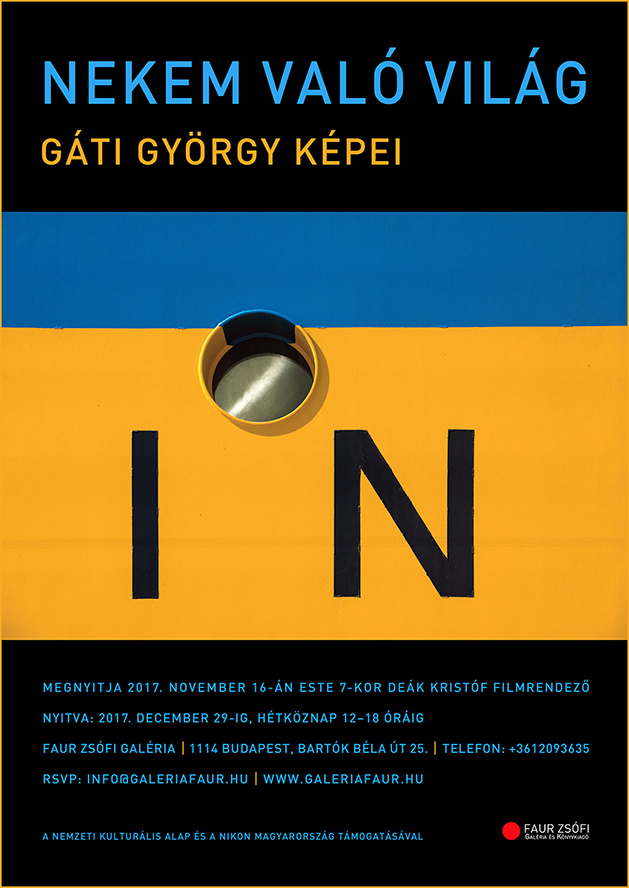
-------------------------------------------
KÉPEK

A Queen Mary_2_zaszloja_The_Flag_of_the_Queen_Mary_2

Az_MSC_Opera_kemenyei_este_Funnels_MSC_Opera_Evening

Bastya_es_felho_Bastion_and_Clouds

Boritek_Envelope

Felhőárnyak / Cloud_Shadows, Koppenhága felett

Fatorzsek_Tree_Trunks_Vienna
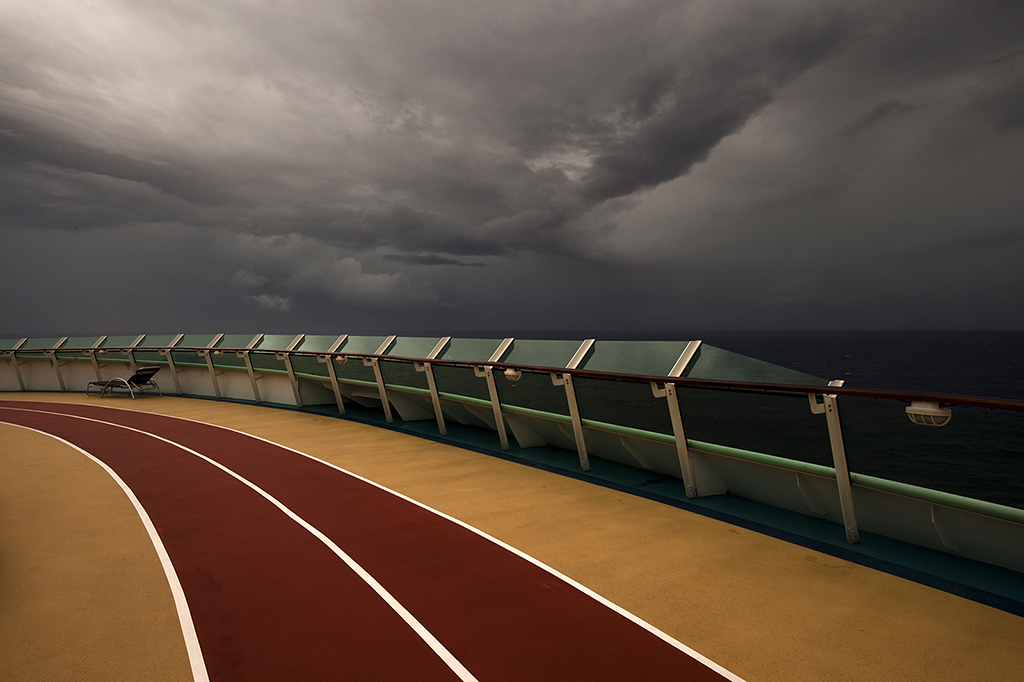
Futopalya_a_tengeren / Jogging Track on the Sea

Hanukia_Chanukkia

IN

Izzok_atlosan_Bulbs_Diagonally

Lisszaboni_fal_Lisbon_Wall
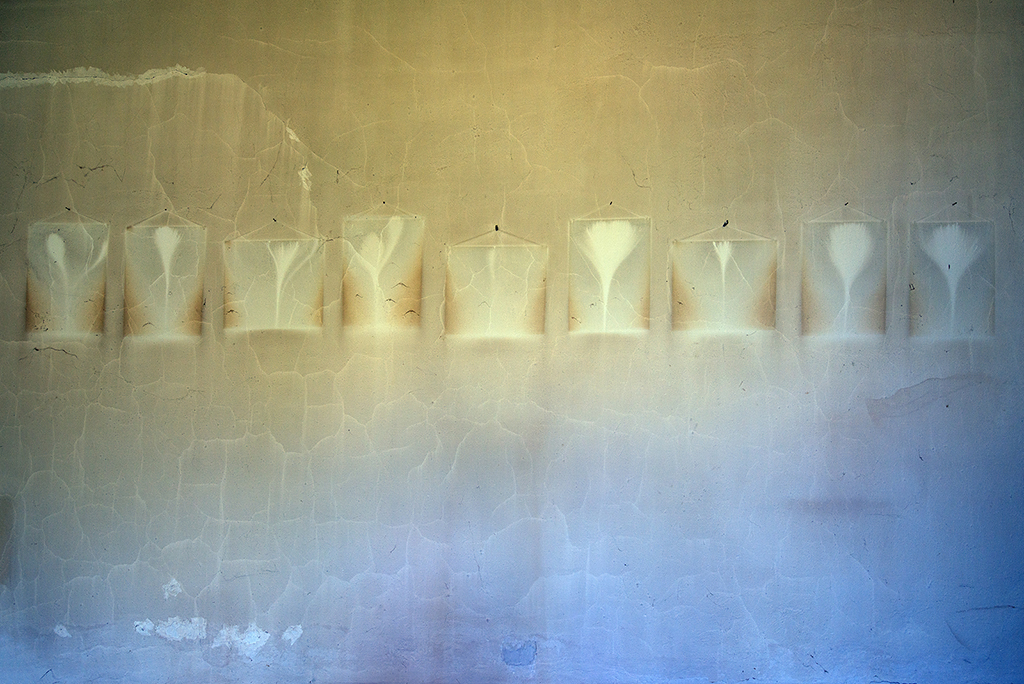
Műteremfal / Art_Studio Wall in Szentendre, 2015,
80x120cm, archive pigment print
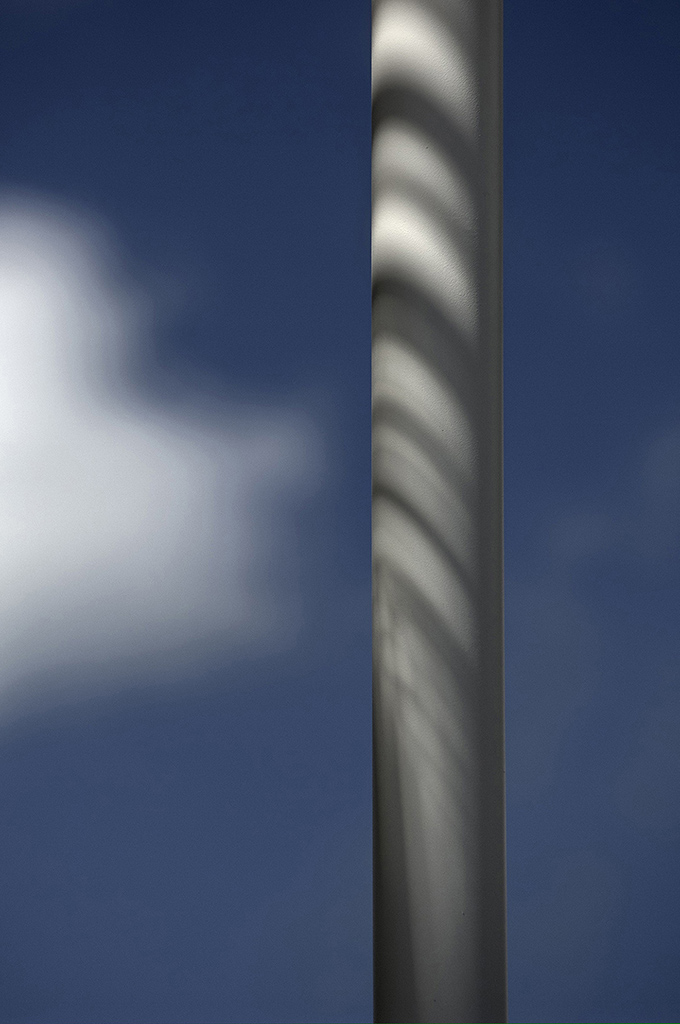
Palmafa-arnyek_Palm_Tree_Shadow_Miami_Beach

Rotacio_1_Eiffel_torony_Rotation_1_Tour_Eiffel

Rotacio_2__Emlekpont–este_Remembrance_Point_Night
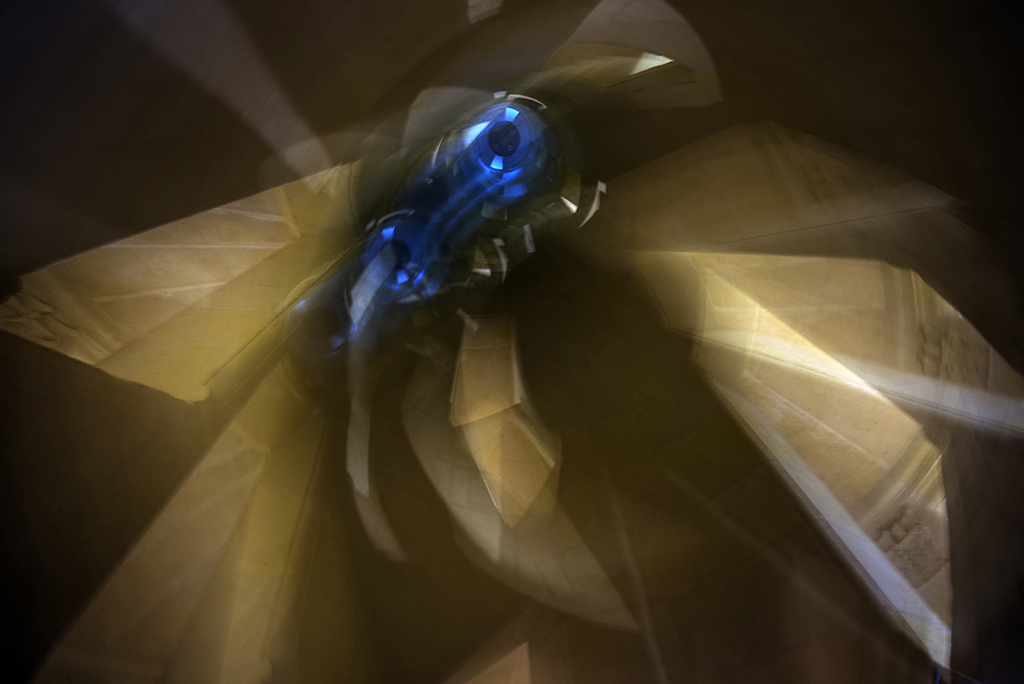
Rotacio_3_Leonardo_deaVinci_kettos_sugaru_csigalepcsoje_Rotation_3_Leonardo_da_Vincis_Double_helix_Staircase_Chambord

Szikrazo_fekete_es_narancs_Sparkling_black_and_Orange

Tersikok_Spatial_Planes

Voros_feher_szalagok_es_ torott_uveg

Székek_Chairs
-------------------------------------------
A hiteles kép
Mózes a Sinai-hegy csúcsáról Isten parancsait hordozó kőtáblákkal tért vissza, de Istent magát nem láthatta, aki színelátását Mózestől megtagadta. A törvényeket írásban megkaptuk, de alkotójának képét nem láthattuk. Isten (képe) láthatatlan maradt.
Valahol ettől a pillanattól keressük a „hiteles képet”. Azt a képet, amely valamely módon mégiscsak betekintést nyújt az ábrázoláson keresztül az ábrázoláson túli világba. Néhol a fenséges tájakon át, máskor a varázslatos természeti formákban, vagy éppen az ember által létrehozott hatalmas, mesterséges konstrukciókban, de próbálunk a képekbe bele és túl is látni rajtuk. Keressük a „hiteles képet”, melyet – Hans Belting nyomán – ma már tisztán információs taralmán szokás mérni. Mindent a tudományos érthetőség és értelmezhetőség mérlegére akarunk tenni és már csak az tekinthető láthatatlannak, amit még nem tettünk láthatóvá műszereken és lencséken keresztül.
A világ varázstalanítva lett – énekli Cseh Tamás –, és valóban, talán túl sok képpel és képi információval vagyunk körülvéve. Mindannyian megfigyeltek és megfigyelők is vagyunk, kezünkben örökké kamera, mintha minden egyes cselekedet számitana. Pedig valójában ez csak az élet. Ha minden pillanatot rögzítünk, semmi sem marad és maradhat csodálatra vagy említésre méltó.
Gáti György azonban nem ilyen „képgyártó”, fényirodájában nem készülnek évente képalbumok. Gáti vár, felkészül, majd hosszasan válogat, rendez. Képei nem szekvenciákban készülnek, hanem saját, ember által előre nem tervezhető ritmusukban. Mintha fényképeinek kötött születési dátumai lennének, melyeknek akkor és úgy kell megszületniük, ahogy az előre meg van írva; Deus ex machina, nem választás kérdése.
A szinte tökéletes képekben azonban benne van az emberi is; a fal meg van repedve, festése szabálytalan, az ablak felülete becsillan. Habár emberfigurákat ritkán látunk Gáti képein, furcsamód mégiscsak portrékkal találjuk szemben magunkat. Jobban mondva egyetlen portréval, újra és újra ismétlődve, más és más témán keresztül: a fotóművészet portréjával. Hiszen a jó portré ismérve az, amit Gáti bravúrosan ér el; egyetlen képben bemutatni tárgyának minden tulajdonságát, apró szépséghibáival együtt, legyen szó akár a fény, a szín vagy a forma leképezéséről.
Minden egyes Gáti fénykép önmagáért beszél, rengeteg képi humorral, egy kolorista bátor színskálájával. Nincs szükség kontextusba helyezésre, megideologizálásra, el- és belemagyarázásra, vagy elvont képcímekre. Fényképei azok, amik, önmagukra mutatnak és tisztán szólnak a fotografikus vizualitás teljes szellemességével. Színhasználata William Eggleston-t, a színes fotográfia úttörőjét idézi, és habár munkái ízig-vérig a fotográfiáról szólnak, mégis festőién hatnak tiszta színfoltjaikkal. Absztrakt fény- és formajátékai Kepes Györgyöt implikálják, néhány képe fekete-fehérbe átültetve akár az Új látás példái is lehetnének.
Demokratikus képalkotóként Gáti számára ugyanakkor minden téma egyenrangú; banálistól a rendkívüliig, valóstól a képzeletbeliig, hétköznapitól a különlegesig. A színek, fények, formák és kompozíciók nem versenyeznek egymással, nincsenek hierarchikus rendszerben. Mindegy is, hogy zászlórészletet, absztrakt fényjátékot, utat a tengerparton, vagy egy hajó oldalát látjuk, Gáti a totális fotografikus képiség bemutatására törekszik.
A célja pedig egyértelmű: olyan mikrokozmosz létrehozása, ahol az alkotó otthon érezheti magát, biztonságban, megmutatva számunkra saját, „hiteles képét”. Valamit visszaadva a világ elveszett varázsából is.
Ferenczy Bálint
fotótörténész
---------------------------------
The Authentic Image
Moses descended from the peak of Mount Sinai bearing stone tablets inscribed with God’s commandments, but he could not see God Himself, who denied Moses the vision of His face. While the laws were delivered in writing, the image of their creator remained unseen. God’s (image) stayed invisible.
From this moment, we have been in search of the "authentic image." A depiction that somehow offers a glimpse, through representation, into the world beyond representation. Sometimes through sublime landscapes, at other times through enchanting natural forms or monumental artificial constructions created by humankind, we strive to see into and beyond images. We seek the "authentic image," which today, as Hans Belting has noted, is often judged solely by its informational content. Everything must now be weighed on the scales of scientific comprehensibility and interpretation. The only thing that remains invisible is that which we have yet to render visible through instruments and lenses.
"The world has been disenchanted," sings Tamás Cseh, and indeed, perhaps we are surrounded by too many images and visual data. We are all both observers and observed, cameras ever in hand, as though every moment matters. But in truth, it’s just life. If every instant is recorded, nothing remains to inspire wonder or merit remembrance.
György Gáti, however, is not such an image-maker. His “light office” does not churn out annual photo albums. Gáti waits, prepares, and then spends a long time selecting and arranging. His photographs are not created in sequences but in their own rhythm, a rhythm unpredictable and unplanned by humans. It’s as if his photographs have fixed birth dates—moments when they must and can only come into existence. Deus ex machina—not a matter of choice.
Yet, within these almost perfect images, the human element is ever-present. The wall is cracked, its paint uneven, the window catches a glare. Although human figures rarely appear in Gáti’s photographs, paradoxically, they often feel like portraits. More precisely, a single portrait recurring repeatedly, explored through different subjects: the portrait of photography itself. For a great portrait, as Gáti masterfully achieves, encapsulates every attribute of its subject, including its tiny flaws—whether it’s the light, color, or form rendered in the image.
Each of Gáti’s photographs speaks for itself, brimming with visual wit and the daring palette of a colorist. There is no need for contextualization, ideological framing, or over-interpretation. His images are what they are, pointing to themselves and resonating with the full wit of photographic visuality. His use of color recalls William Eggleston, the pioneer of color photography, and while his works are firmly rooted in photography, they possess a painterly quality with their pure blocks of color. His abstract plays of light and form evoke György Kepes, and some of his black-and-white conversions could easily serve as examples of the New Vision.
As a democratic image-maker, Gáti treats all subjects as equals—whether banal or extraordinary, real or imaginary, mundane or exceptional. Colors, lights, forms, and compositions do not compete or adhere to a hierarchical system. It doesn’t matter whether we see a fragment of a flag, an abstract interplay of light, a road along the seaside, or the side of a ship. Gáti aims to showcase total photographic imagery.
His purpose is clear: to create a microcosm where the artist feels at home, safe, presenting us with his own "authentic image"—restoring, in some measure, the lost enchantment of the world.
Bálint Ferenczy
Photohistorian
---------------------------------------
.
 |
|
|

